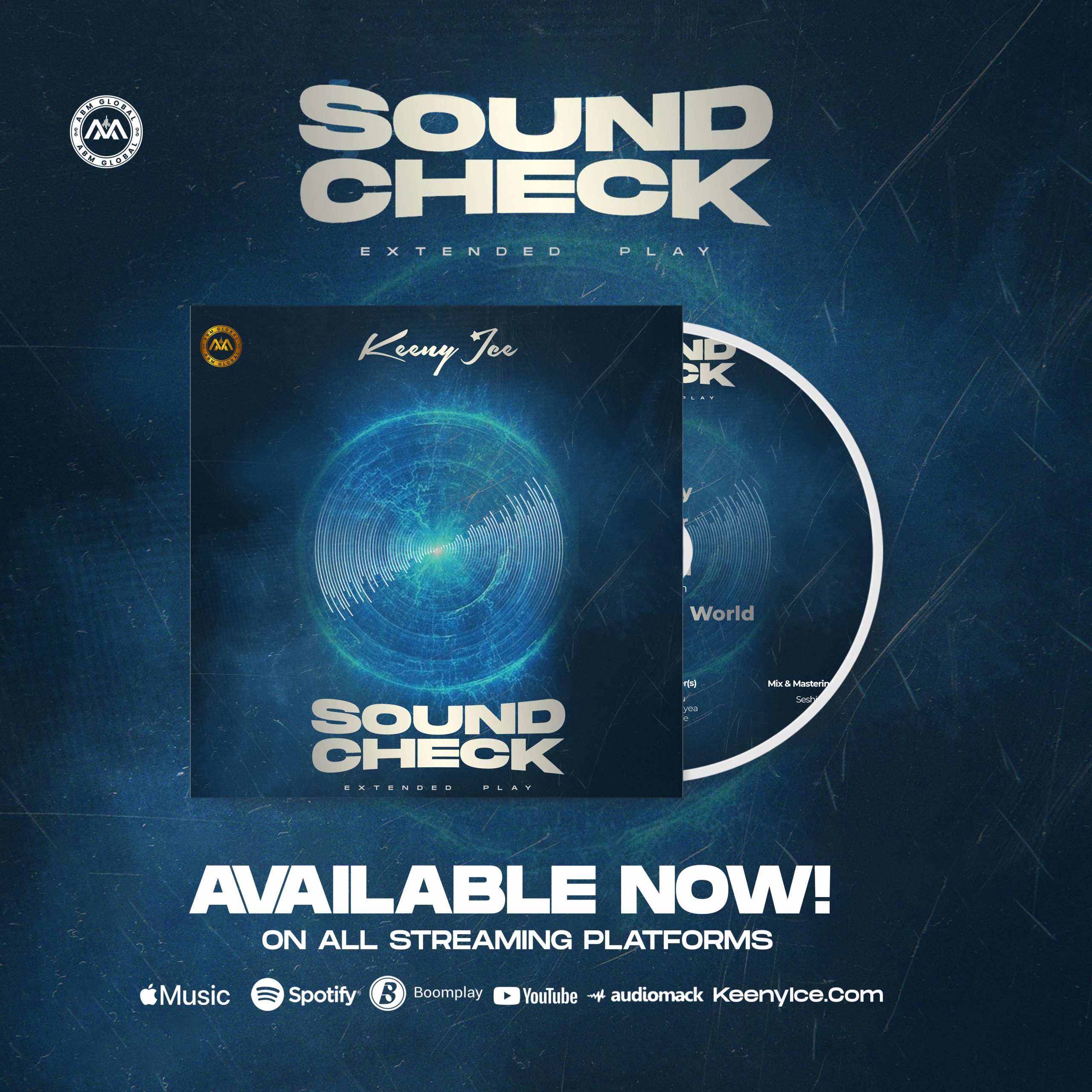An ISRC (International Standard Recording Codes) is a 12-digit code assigned to a unique recording of a specific song. This “digital fingerprint” represents a recording’s distinct identity and allows the tracking of key details as sales, streams, radio station plays, and the composition’s author(s), performer(s), label, and UPC (Universal Product Code).
Since each recording has a unique ISRC linked to it, this code should never be reused or repurposed. For example, if an artist plans on releasing a 15-song album for public consumption, they would need to assign it 15 separate ISRCs — one for each track. This includes instrumentals, remixes, and covers, all of which require different ISRCs than the original recording.
Who Needs an ISRC?
Ask yourself this question: Is my recording being released for public consumption? If the answer is yes, then an ISRC will be an extremely helpful resource when it comes to maximizing potential earnings. Once a code has been embedded within your track, it cements the composition’s ownership and shows outside parties who should be paid for the use of that recording.
How are ISRCs Created?
An ISRC consists of four different parts:
- Country Code: The first two characters represent the country where the registrant is based. They stay the same regardless of where the sound recording is being distributed.
- Registrant Code: Previously known as the “First Owner Code”, these three characters represent the person who registered the recording. They remain the same across all recordings you register.
- Year of Reference: This set of two characters represents the year in which the ISRC was created.
- Designation Code / Serial Number: The final five digits of an ISRC is the number an artist assigns their track. For example, 00001 could represent the first track you released during X year, 0002 could represent the second track you released in the same year, and so on.
DO YOU ALSO KNOW
According to the RIAA, a new International Standard Recording Code (ISRC) must be assigned to a sound recording when:
- It’s re-mixed or edited
- A new fade changes the length of a track by more than 10 seconds
- Any edits change the length of a sound recording by more than 10 seconds
- A previously released sound recording is partially used in a compilation
- A “full restoration” of a recording is performed by re-mastering, re-pitching, re-equalizing, de-noising, or de-clicking a sound recording to meet contemporary quality standards

